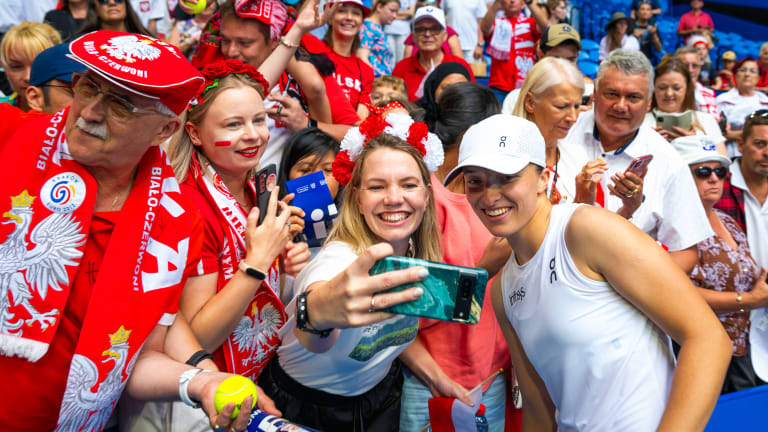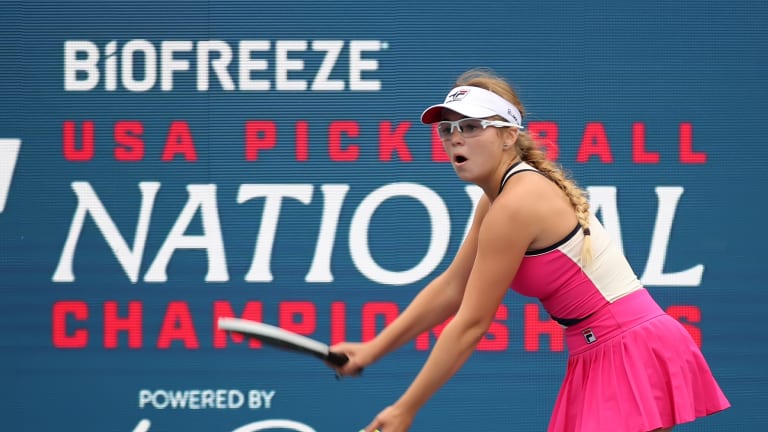Your Game
Make more returns, beat a better player: The right resolutions really can help your tennis game
By Jan 02, 2024Your Game
Tecnifibre releases special-edition Danille Collins pickleball paddle
By Oct 04, 2025Your Game
Racquet Preview: Solinco unveils Blackout V2
By Sep 24, 2025Your Game
Geared Up: Victoria Mboko is turning heads in all Wilson
By Sep 23, 2025Your Game
Racquet Review: Dunlop CX 200 (18x20) Limited Edition
By Sep 17, 2025Your Game
Racquet Review: Wilson Ultra Pro 99 v5
By Sep 14, 2025Your Game
Yonex goes dark on Percept racquet line
By Aug 28, 2025Your Game
Babolat gives the Pure Strike a makeover with carbon grey cosmetic
By Aug 25, 2025Your Game
Head launches second edition of Speed Legend series
By Aug 24, 2025Your Game
Asics releases its Night Energy Collection
By Aug 23, 2025Make more returns, beat a better player: The right resolutions really can help your tennis game
When you walk on court, it’s relatively easy to remember your New Year’s pledges, and at least attempt to put them into effect.
Published Jan 02, 2024
Advertising

Pro tennis resets every year in Australia, and the right New Year’s resolutions can help your game at home, too.
© 2024 Robert Prange

It seems safe to say that pickleball is here to stay, at least for the foreseeable future.
© 2023 Bruce Yeung